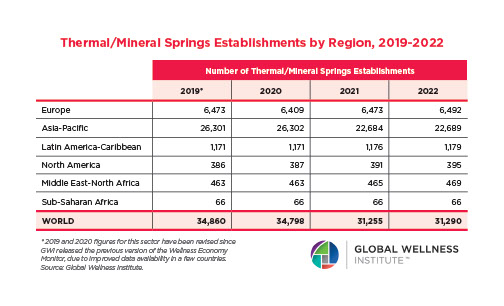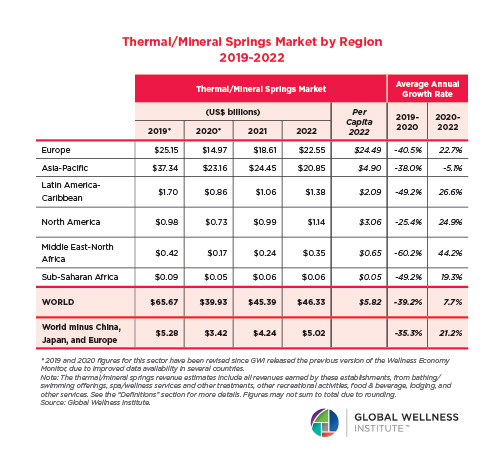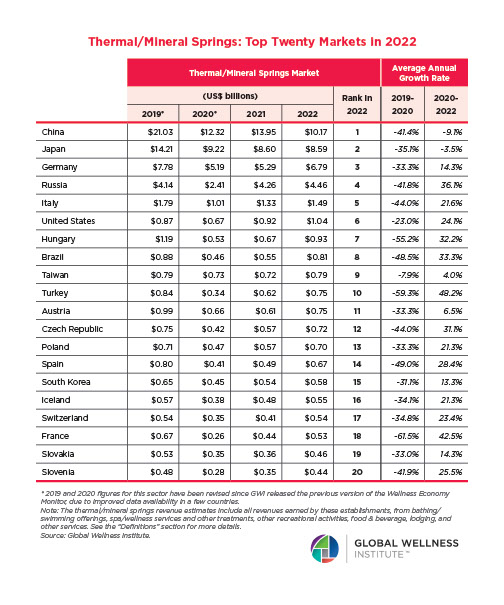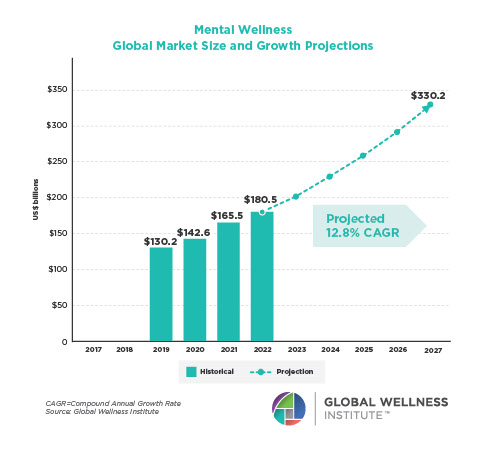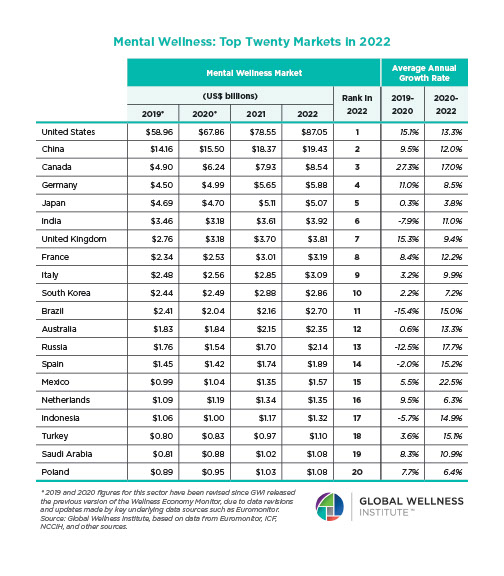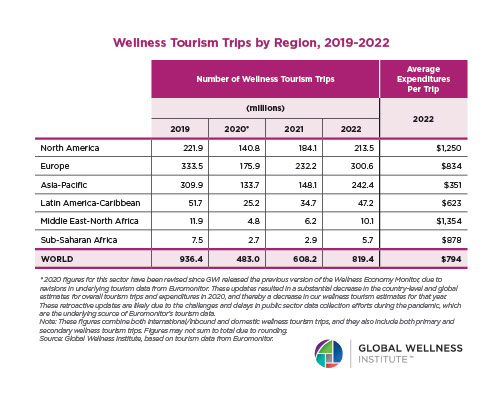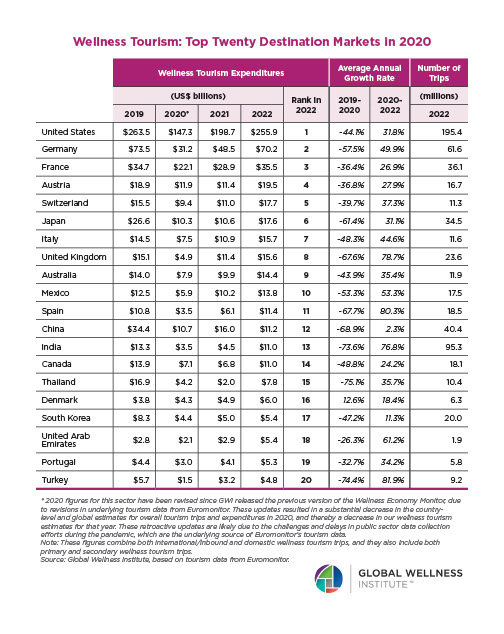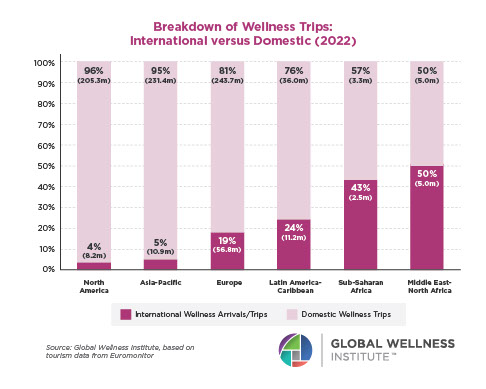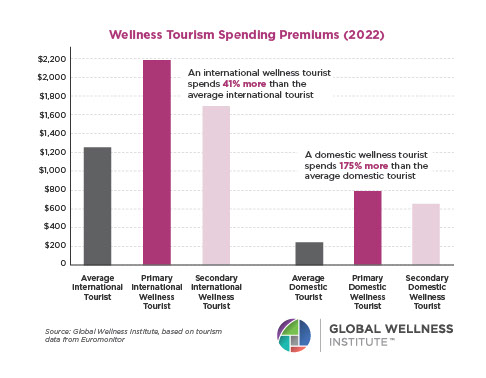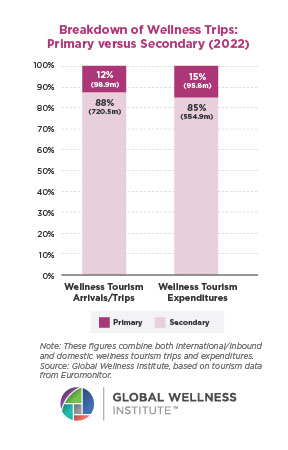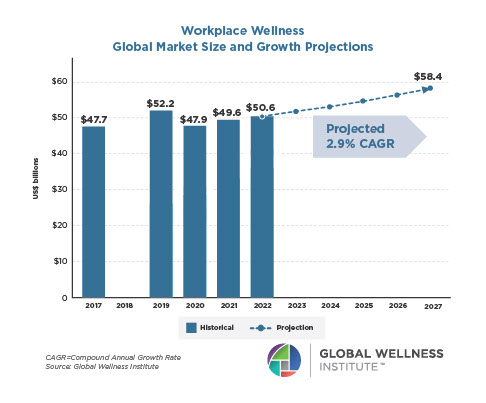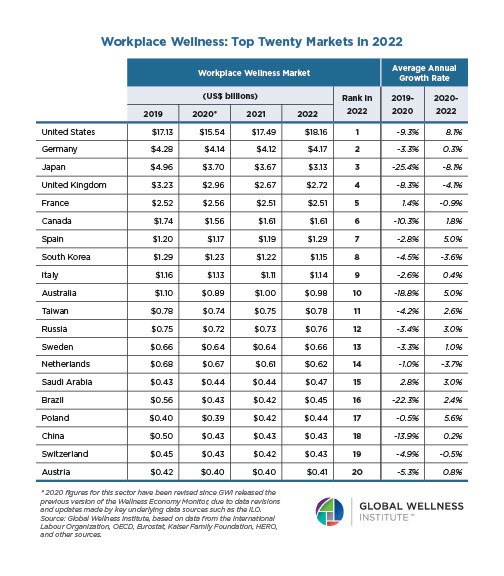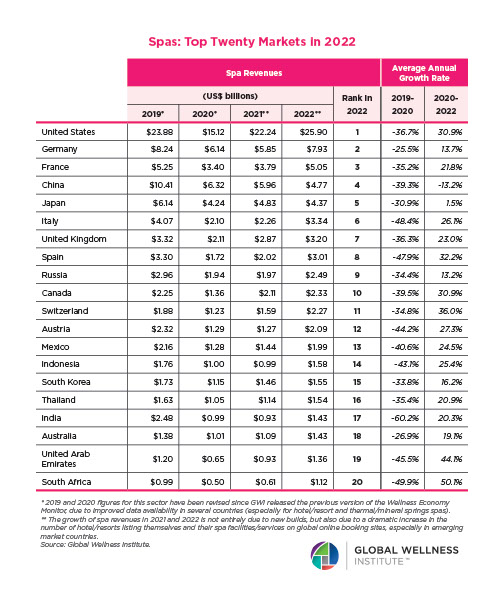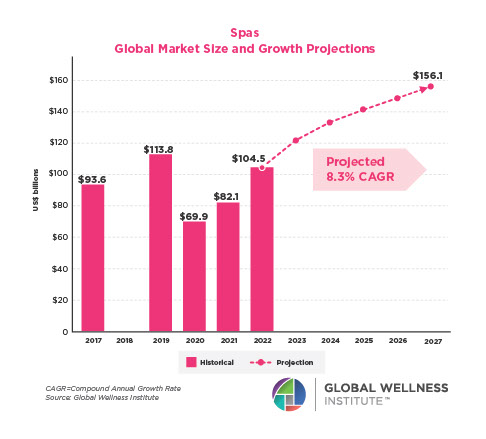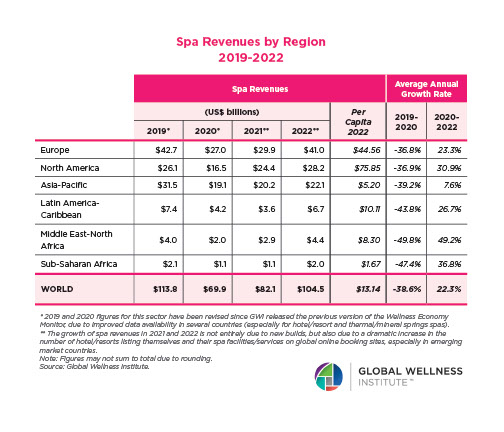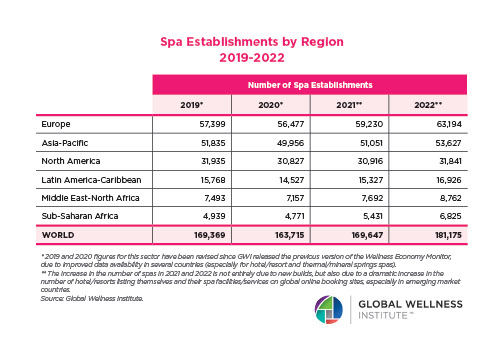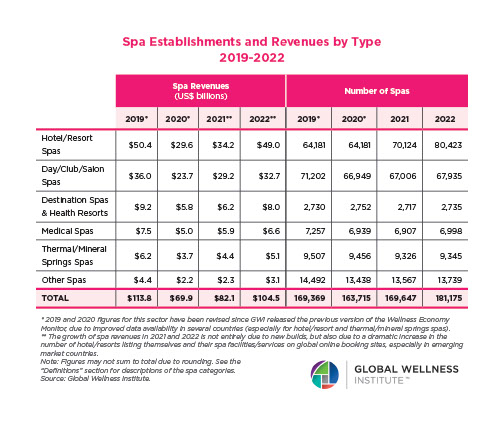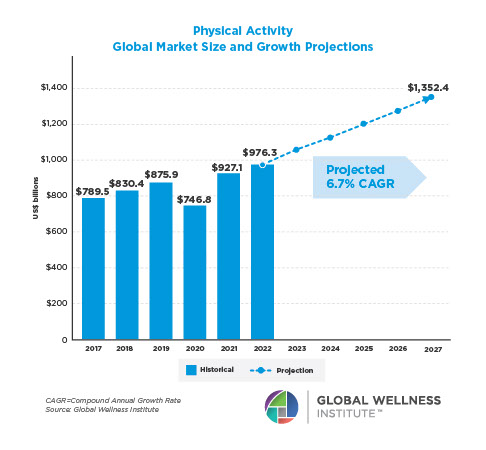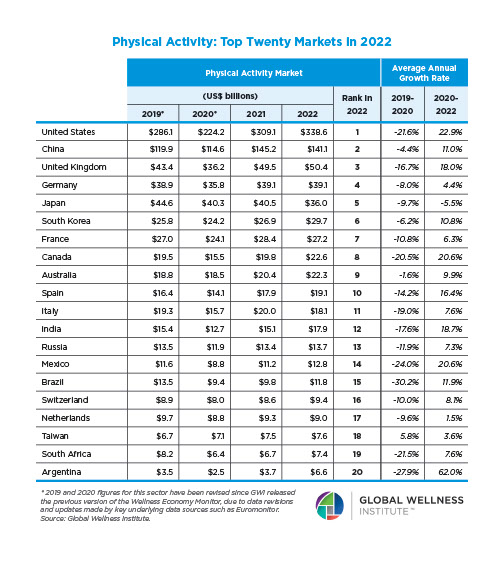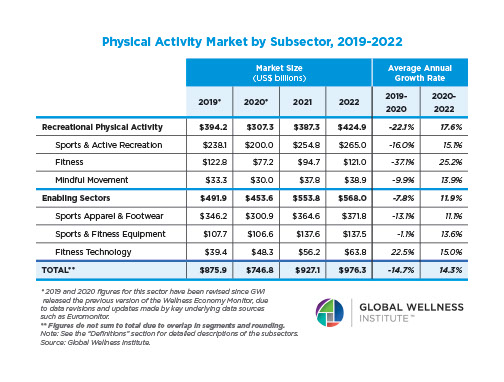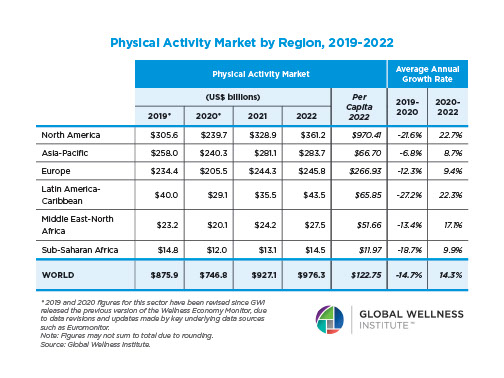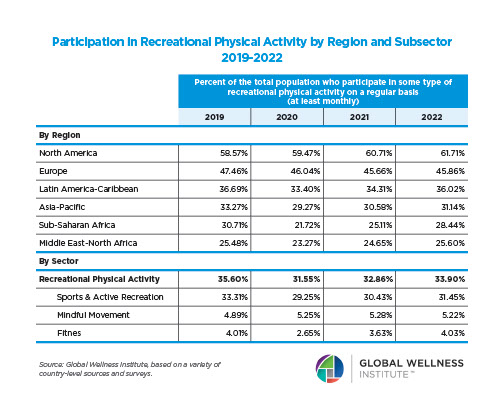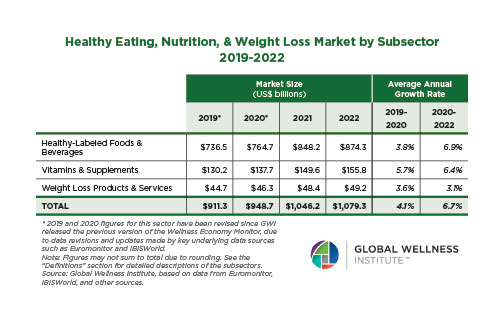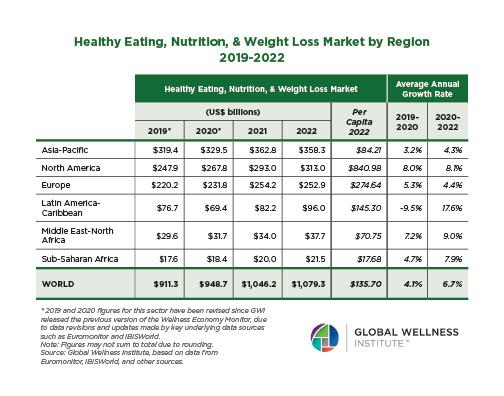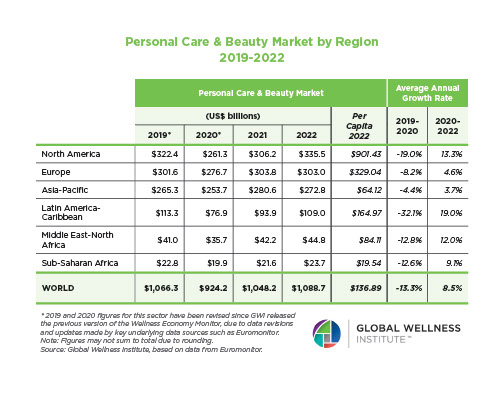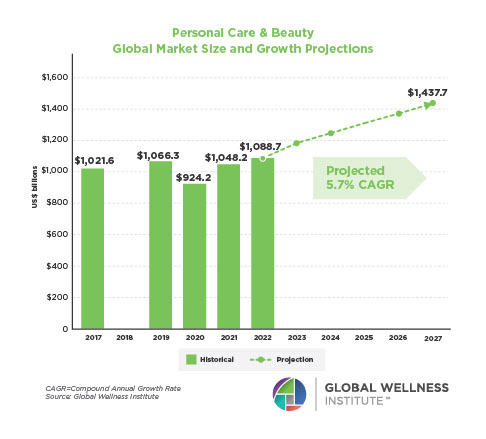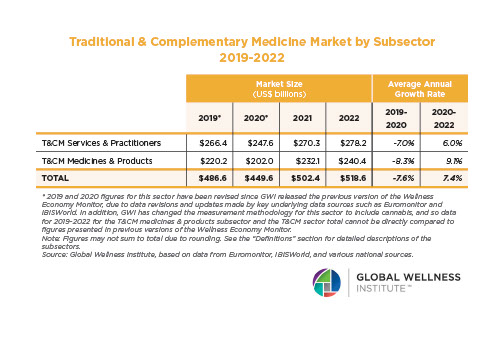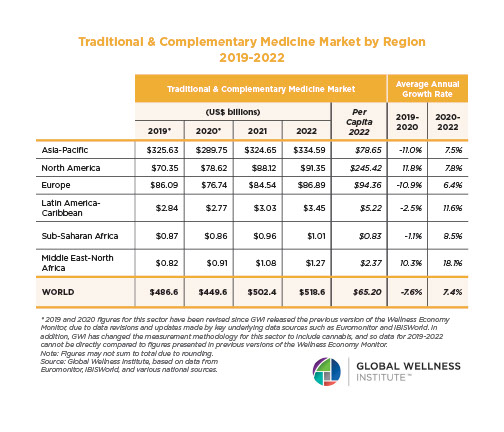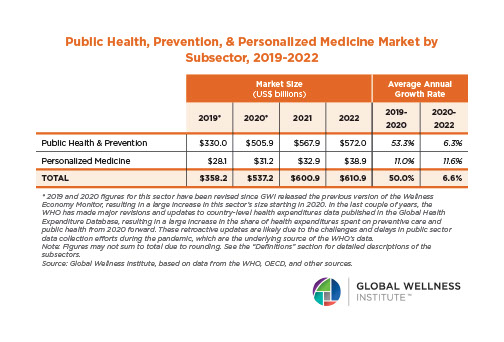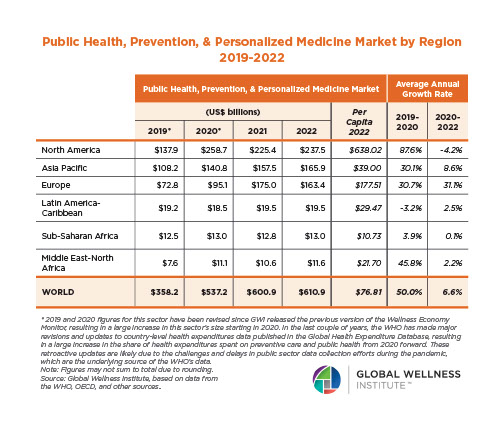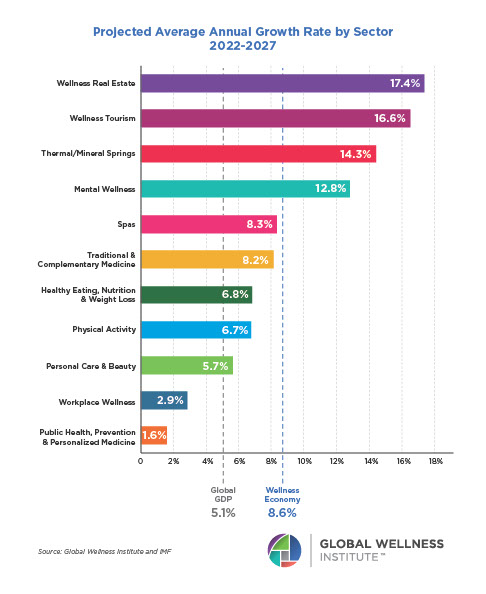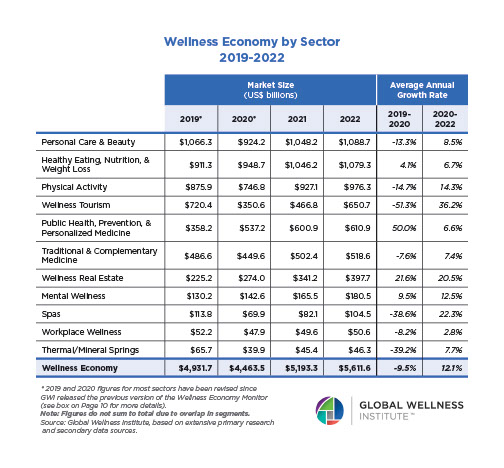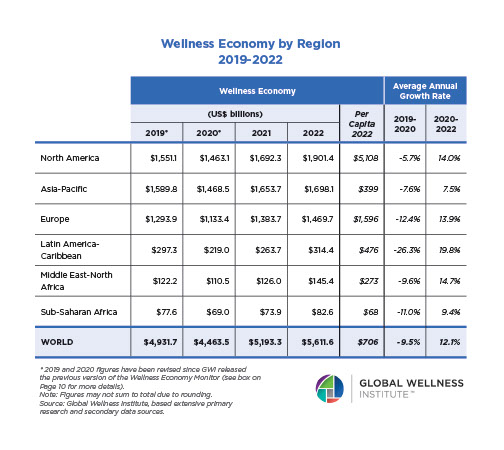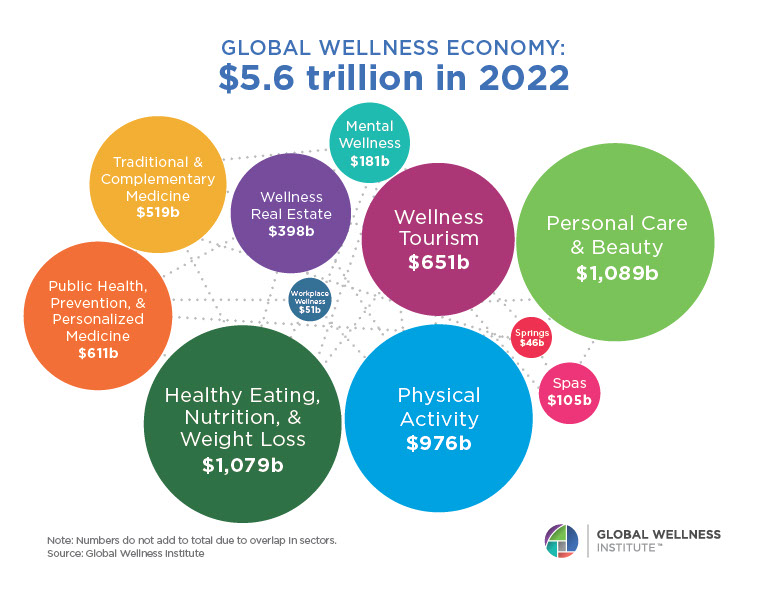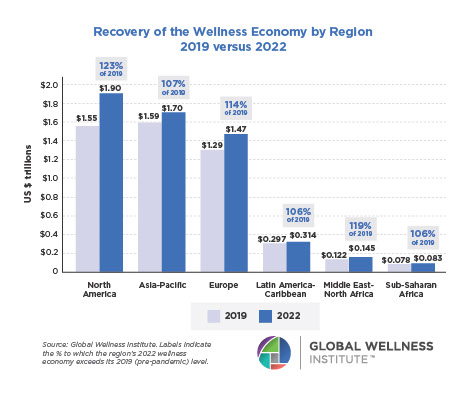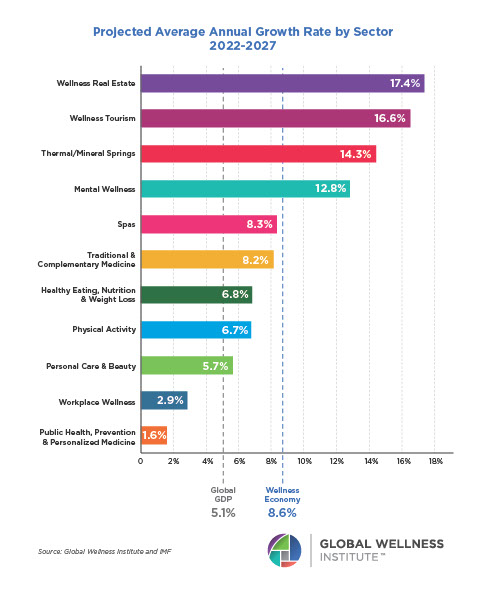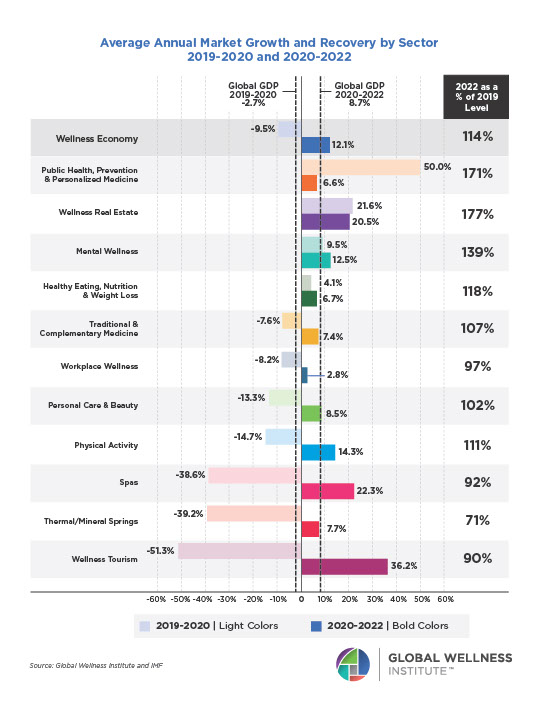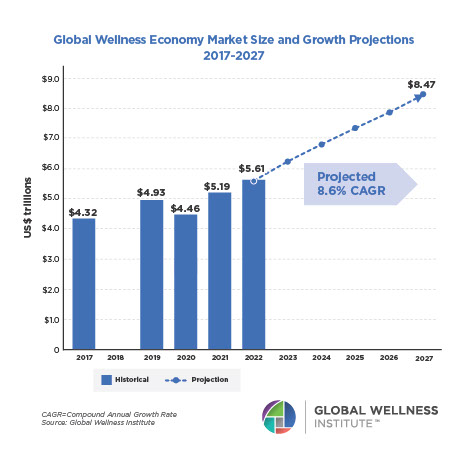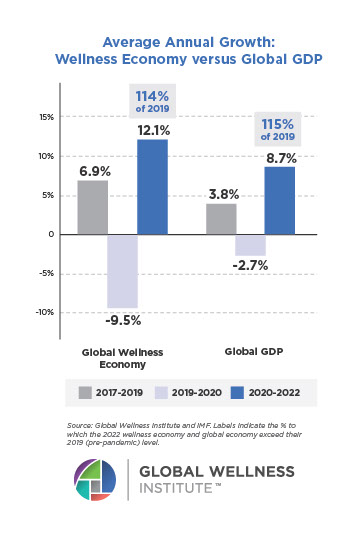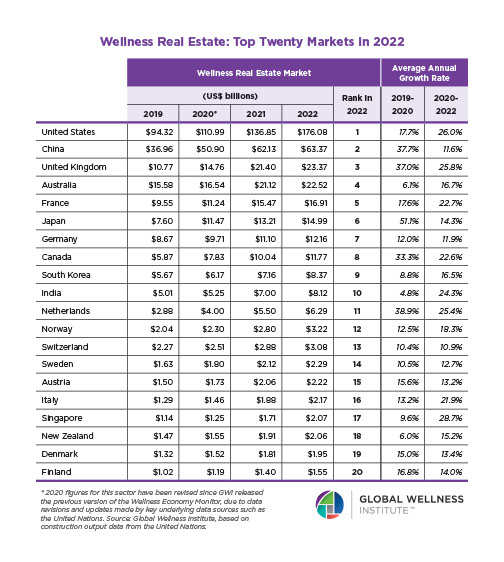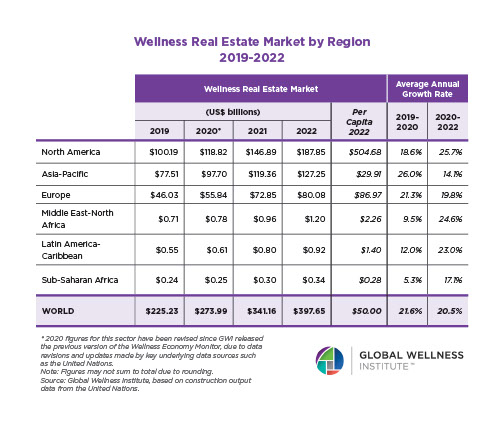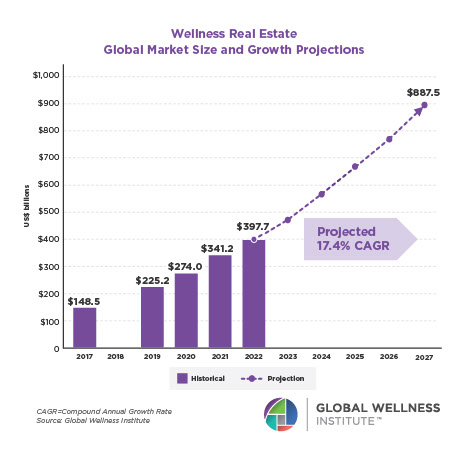In May of 2015, pioneers in the development of wellness communities around the globe, came together for the first time to consider what a “wellness community” truly was. Armed with personal examples and experiences, the group broadly defined wellness communities as “communities and buildings developed with the holistic health of its residents, guests, environment and surrounding community in mind.”
Must-Reads from the Wellness World (Week of April 5, 2016)
“This four-letter word is the Swedish key to happiness at work” – Quartz, March 14, 2016
This short article looks at the “secret” to work happiness in Sweden – where workers are among the least stressed worldwide. It’s a four-letter word: fika…a coffee break during which employees leave work behind and relax in the company of colleagues. It is a key pause for the Swedish workday, and it may even boost productivity!
Just How Unwell is the Worker of the World?
If you live in the U.S. or the U.K., you’ve seen the swirling headlines about the developments in workplace wellness: businesses rushing to offer everything from standing treadmill desks to financial wellness counseling. Amazing progress is underway, but we need to do a little global gut-check; the average worker in the world is extremely unwell. Consider this: Three-quarters of people live on less than $13 a day, the same percentage report that their wellbeing is suffering, and over half are overweight or obese.
The Defining Issue of Our Time: Rising Income Inequalities Impact Human Wellbeing
The share of income held by the top 1-percent has risen in an unprecedented way across the world over the last 30 years. But there has been little research about how the new, intense income disparities affect human wellbeing. A new study is the first to provide evidence that the 1 percent wealth/income grab has a direct, negative effect on the wellbeing of the other 99 percent.
The More Hours You Work, the Greater Your Risk of Heart Disease
Studies have revealed a link between long work hours and risk of cardiovascular disease. A new study shows it’s a dose-response situation: the more hours you work, the bigger the risk. The research found that for every extra hour of work put in weekly (over a decade), your risk goes up 1 percent. If you work 55 hours a week, your risk jumps 16 percent – work 65 hours, your risk rises 52 percent. If you clock 75 hours a week working, you double your likelihood for cardiovascular disease (stroke, heart attack, etc.).
“Wellness for Cancer” Initiative Now Has Trainers from Asia to Canada
The GWI’s Initiative, “Wellness for Cancer,” tackles a serious problem: while the world is now chasing every kind of “wellness,” we need to grasp that we’re a diseased society. Cancer has become more prevalent, and people suffering from cancer are a big percentage of wellness and spa businesses’ client base. But far too few spas are trained to be the best for those who need it most: those that have, or are recovering from, cancer.

